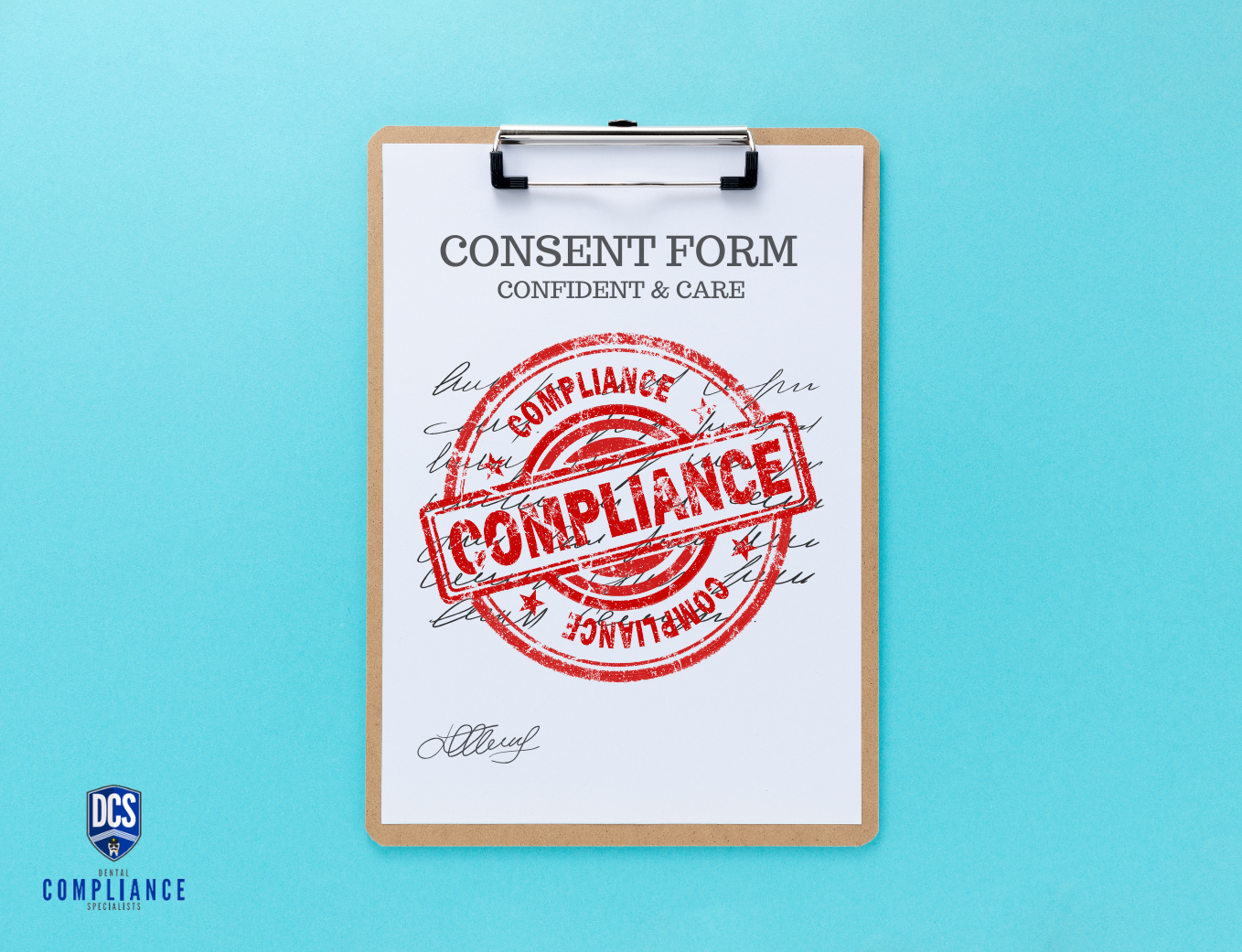It is well known that dentists must obtain consent before providing dental treatment. Board Rule 108.7 specifies that a “signed, written informed consent is required for all treatment plans and procedures where a reasonable possibility of complications from the treatment planned or a procedure exists, or the treatment plans and procedures involve risks or hazards that could influence a reasonable person in making a decision to give or withhold consent.” The rule does not specify procedures, it is the standard of care obtain informed consent for treatments such as extractions, root canals, crown and bridge, implants, orthodontics and oral surgery, among other procedures. Dentists sometimes are surprised to learn that written consent should be obtained for more minor treatments, including fillings. Although the risks are lower, a possibility of complications still exists so written informed consent is required.
A general consent, signed as part of intake documentation, cannot stand in for the written, informed consent contemplated by Rule 108.7 because it does not identify the specific procedure and indicate associated risks. Rule 108.7 specifies that written informed consent “must disclose any and all complications, risks and hazards.”
Remember to get an updated consent when treatment changes. For example, if the original treatment plan and consent are for a multi surface filling, but treatment changes to a root canal or extraction, be sure the patient signs an updated consent. Also be sure to update the treatment plan. Many dentists discuss such possibilities with patients in advance. It also is acceptable to have the patient sign more than one consent, covering multiple or alternative treatment possibilities. This avoids having to stop mid-treatment or asking the patient to sign a consent after the fact.
Be sure the consent form identifies the specific arch, quadrant, tooth (and surface, as applicable) to be treated. It could be argued that a patient is not informed or consenting if they do not know which area or tooth is being treated.
If a practice uses paper consent forms, be sure to have a strong procedure for scanning the forms to the patient’s electronic health record for safekeeping. Some providers also document obtaining a signed informed consent in progress notes as an extra safeguard, in the event the form itself is misplaced.
Laura Diamond is an administrative and healthcare attorney based in Austin, Texas with a statewide practice representing dentists before the Texas State Board of Dental Examiners. Ms. Diamond can be reached at ldiamond@dsedlaw.com or (512) 472-4845. © Laura Diamond 2024. This article is not legal advice.
Duane Tinker is the CEO of Dental Compliance Specialists, a healthcare compliance consulting firm in Fort Worth, Texas. Mr. Tinker can be reached at duane@dentalcompliance.com or (817) 755-0035.


